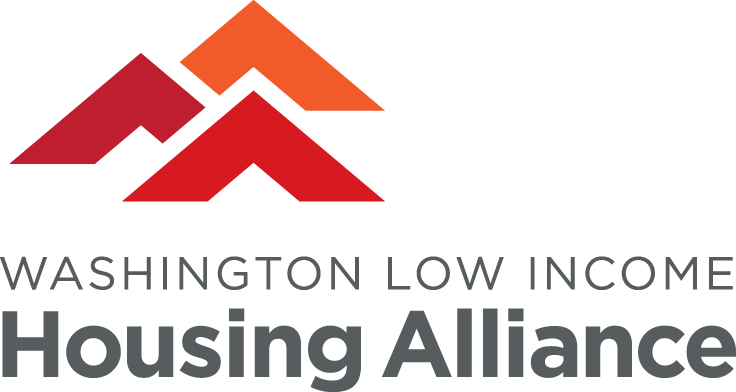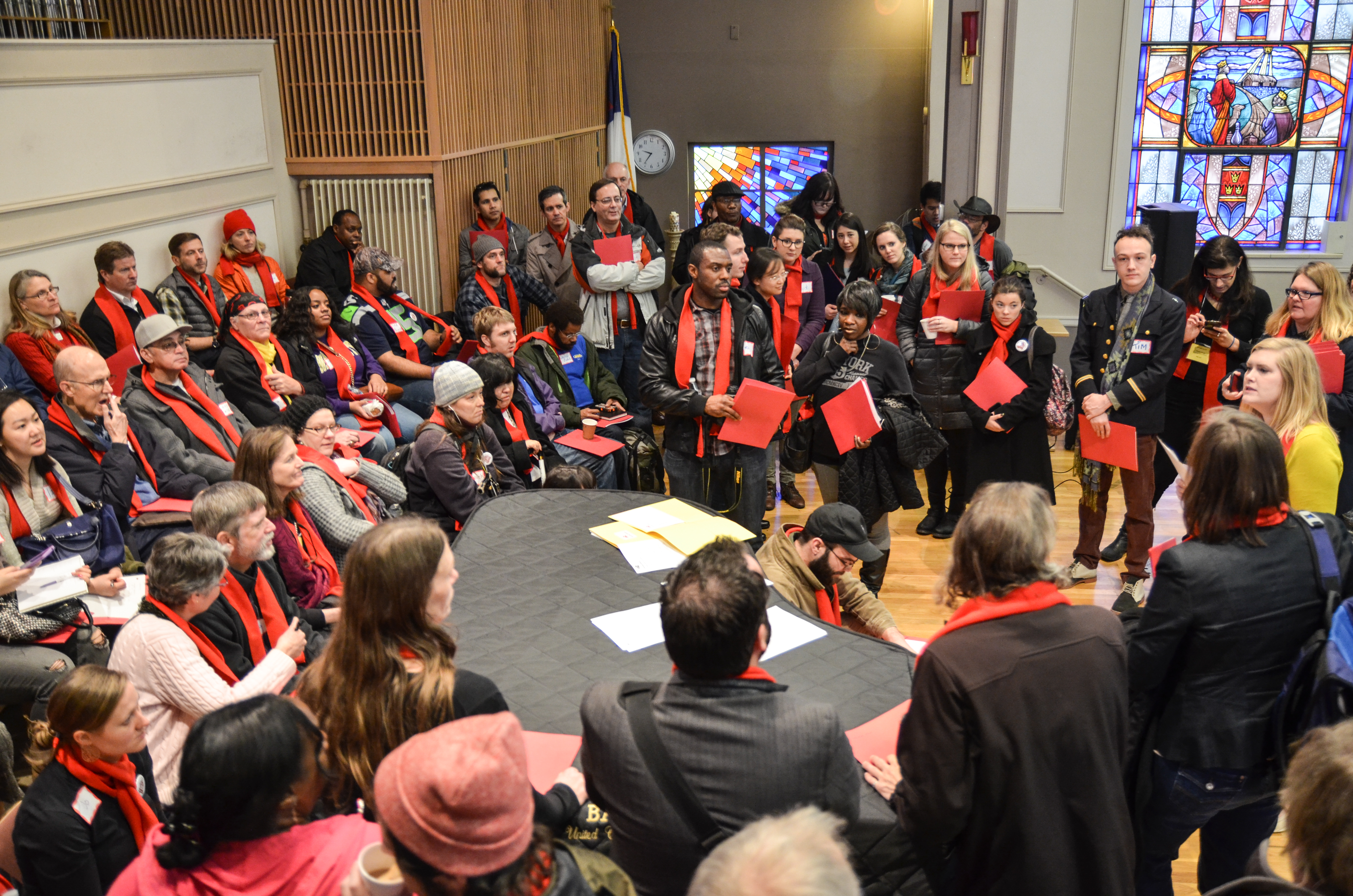Recent Blog Posts
Ben Miksch, State and Federal Policy Associate
People are homeless for many different reasons. For some, health issues or disabilities can make it impossible to work. For others, mental illnesses or substance abuse issues can make securing stable housing very difficult without assistance. For many, however, the primary obstacle in obtaining housing is an issue of cost: there simply isn’t enough housing affordable for people with low incomes.
The mismatch between the supply of affordable housing and the needs of individuals and families across the country is a major problem that continues to worsen. HUD estimates that nationally, 12 million renter and homeowner households pay more than 50 percent of their annual incomes for housing, which presents a significant hardship for low-income households forcing them to choose between paying for a roof over their heads or paying for other basic needs like food, medicine, or childcare. The generally accepted rule, backed by HUD, is that the cost of housing (rent, utilities, etc.) shouldn’t be more than about a third of someone’s income. Anything higher than 30 percent and the individual/family is considered rent-burdened.
One of the ways we try to keep track of this issue is through the use of the Housing Wage statistic. This is the hourly wage a single adult or family must earn, working full time at 40 hours a week, to afford the rent and utilities for a safe and modest home in the private housing market.
Image
|
Every year, our friends and partners at the National Low Income Housing Coalition (NLIHC) compile data on the Housing Wages for every state, county, and major metropolitan area across the country and release it in a report called Out of Reach. The 2013 edition was released today, and reiterates the difficulties that continue to confront low-income renters: increasing rents combined with stagnating wages leading to a shortage of affordable housing. |
This holds true in Washington State, which is the 15th most expensive state in the nation for renters. Looking at the whole state, HUD computes the Fair Market Rent (FMR) for a two-bedroom apartment in Washington to be $966. Even though our minimum wage of $9.19/hour is the highest in the country, two minimum wage workers in a family would just barely be able to make the $18.58 necessary to afford an average two-bedroom home. Don't forget that it's rare for minimum wage earners to even work a full 40-hour work week throughout the entire year because of illness, etc. It's worse for single parents who'd would have to earn twice the minimum wage to be able to rent a home where she and her children could have separate bedrooms.
Things aren’t much better for renters living alone. The FMR for a one-bedroom home is $767, meaning an individual would need to earn $14.74, which is a little more than one and a half times minimum wage. Even a studio apartment, which many imagine is the ideal space for a minimum wage earner living on their own, is unaffordable in Washington State for anyone making less than $12.43/hour.
The affordability numbers vary by county. For instance, in King County, which contains the state's largest metropolitan area, a single adult on minimum wage would have to work 63 hours a week to afford a decent studio apartment. In less dense Clark County, that same person would "only" have to work 55 hours a week for that studio. You can download the full Washington report, which lists the Housing Wage for every county and several major metropolitan areas across the nation here: http://nlihc.org/sites/default/files/oor/2013-OOR-WA.pdf.
You can also read the full report here: http://www.nlihc.org/oor/2013.
Image
|
While Out of Reach 2013 shows the widening gaps between affordable housing and wage earners across the nation, organizations like NLIHC and the Housing Alliance also focus on the solutions. We support efforts at the national level to bring in additional funding to create affordable housing, like efforts to amend the Mortgage Interest Deduction and fund the National Housing Trust Fund. You can find out more information about these national priorities here. |
At the state level, the Housing Trust Fund remains Washington’s best, most important, and most effective tool for building affordable housing to address this shortage. This year we are advocating for an investment of $175 million for this biennium, because everybody in Washington should have the opportunity to live in a safe, healthy, affordable home in a thriving community. You can find out more information about our state legislative agenda here.


Add new comment